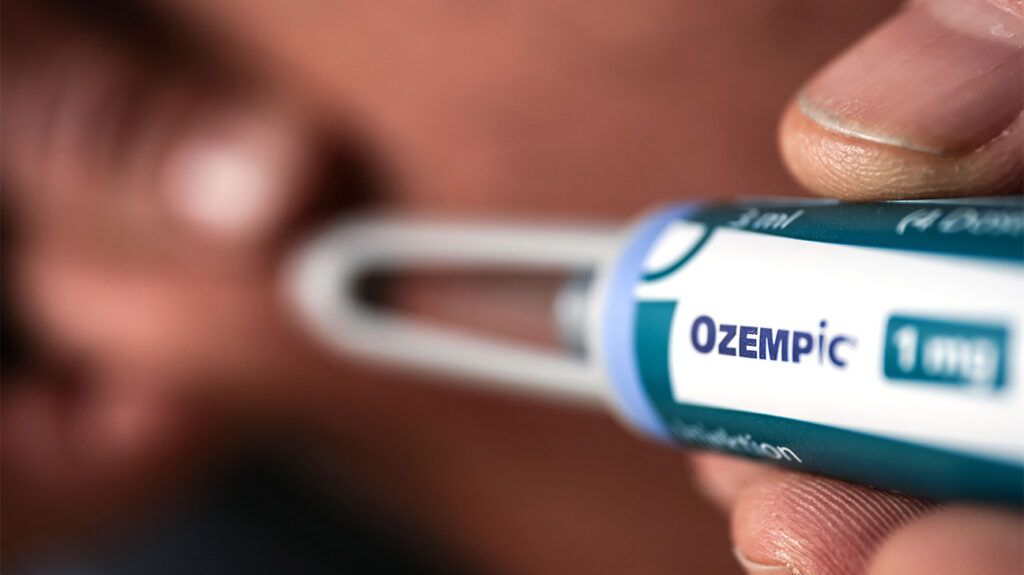Bone Structure Insights Guide Optimal Screw Placement in Fractures

Innovative research reveals how detailed bone structure analysis can predict the ideal screw placement in fracture treatment, improving stability and reducing complication risks.
Recent advances in bone research have led to the development of a new model that can predict the best positions for screws in fracture treatments. Metal screws are essential in bone surgeries for stabilizing broken bones, but they often face challenges such as loosening or breaking under normal daily stresses. Traditionally, predicting the risk of screw failure was difficult because existing testing methods couldn't accurately simulate how bones are stressed inside the body.
A groundbreaking study published in the Journal of the Mechanical Behavior of Biomedical Materials demonstrates that detailed measurements of bone structure can forecast screw stability before surgery. Researchers utilized high-resolution micro-CT scans to analyze 100 bone samples under 10 different load scenarios. They identified two critical factors—bone volume and bone volume fraction—that account for up to 90% of the variation in screw stability. This research was conducted by the Division of Biomechanics at Karl Landsteiner University of Health Sciences (KL Krems), paving the way for personalized orthopedic procedures.
The study involved analyzing pig bones, which closely resemble human bones, to predict the force at which screws might fail. Bones with higher density and volume provided better support, regardless of the type of load applied, whether tension, compression, or shear. Using data from these bones, researchers created two statistical prediction models, one based solely on bone volume and another combining multiple bone parameters. Both models showed excellent accuracy, explaining between 70% and 90% of the variability in screw failure forces.
This approach can help surgeons identify the most stable screw positions in a patient's bone structure, minimizing the risk of loosening or fractures later on. Especially for elderly patients or those with osteoporosis, these predictions can lead to safer and more effective bone fixation. The integration of engineering and medical insights demonstrates how modern predictive models can enhance treatment outcomes and advance personalized medicine.
Source: https://medicalxpress.com/news/2025-06-bone-reveals-optimal-position-fractures.html
Stay Updated with Mia's Feed
Get the latest health & wellness insights delivered straight to your inbox.
Related Articles
Frequent Occurrence of Heart Rhythm Disorder in Long COVID Patients
A groundbreaking study reveals that nearly one-third of long COVID patients, especially middle-aged women, develop POTS, a heart rhythm disorder causing dizziness, fatigue, and impaired quality of life.
GLP-1 Microdosing for Weight Loss: Experts Discuss Benefits and Risks
Explore the emerging trend of GLP-1 microdosing for weight management, including potential benefits, safety concerns, and expert insights into this personalized approach.



